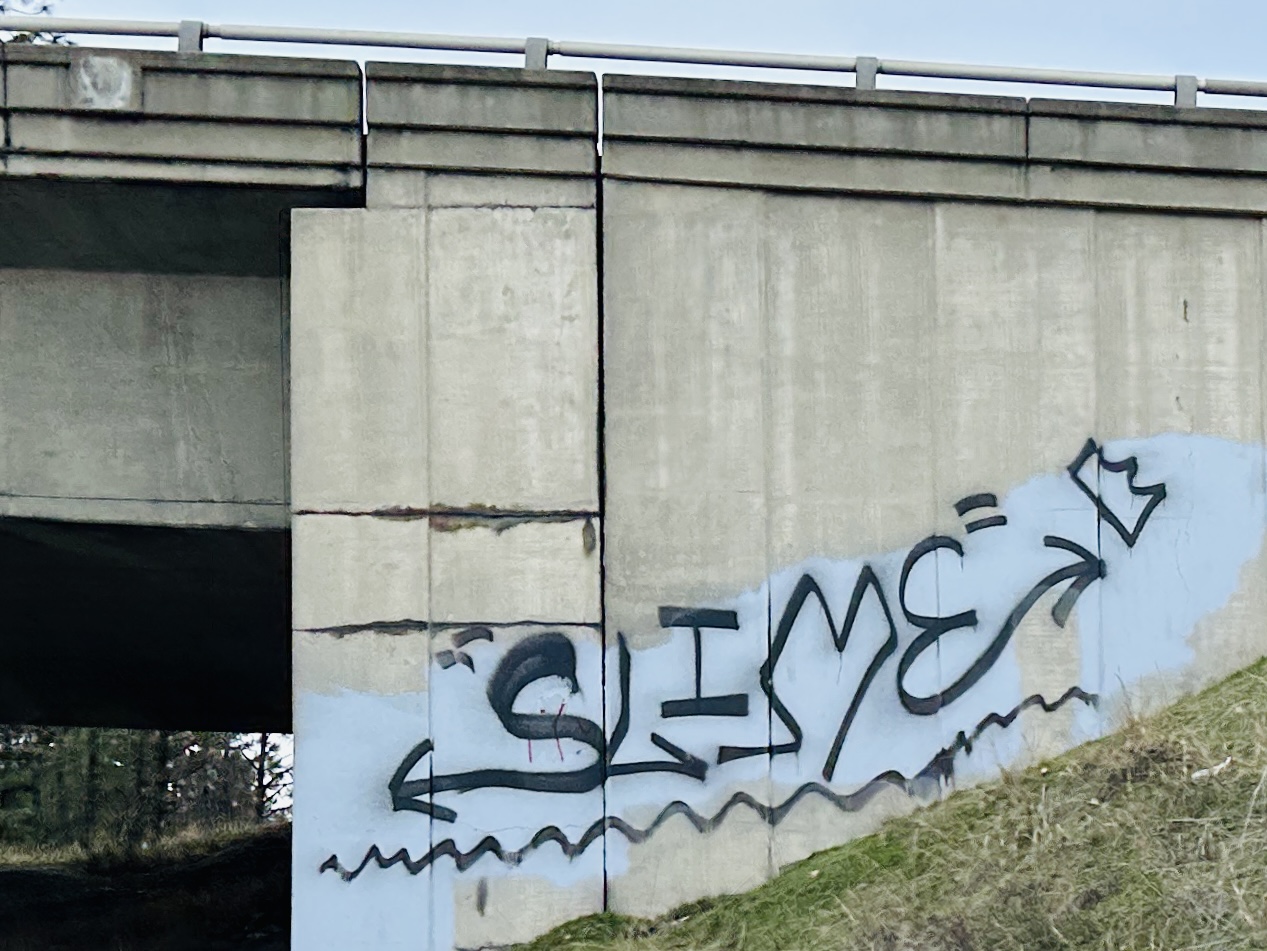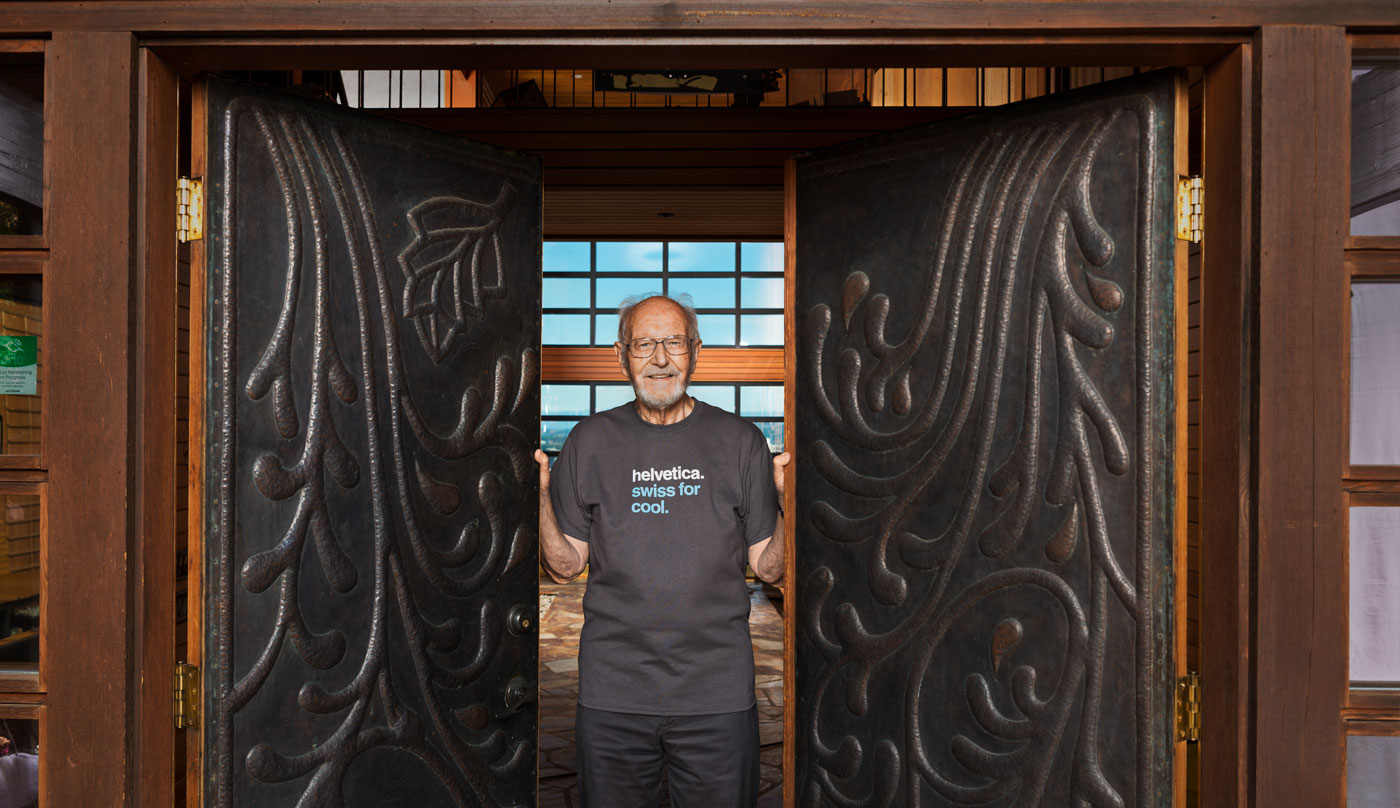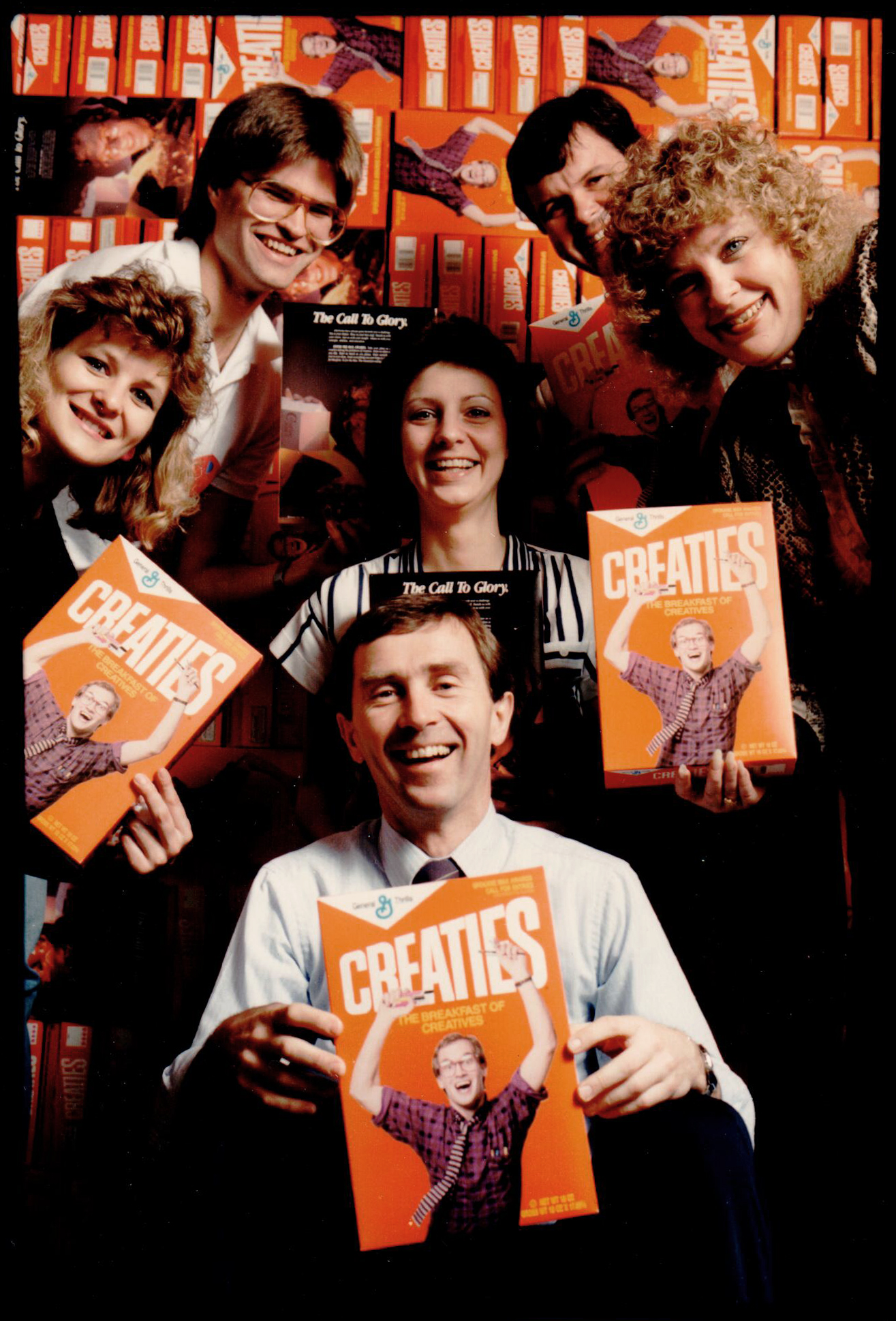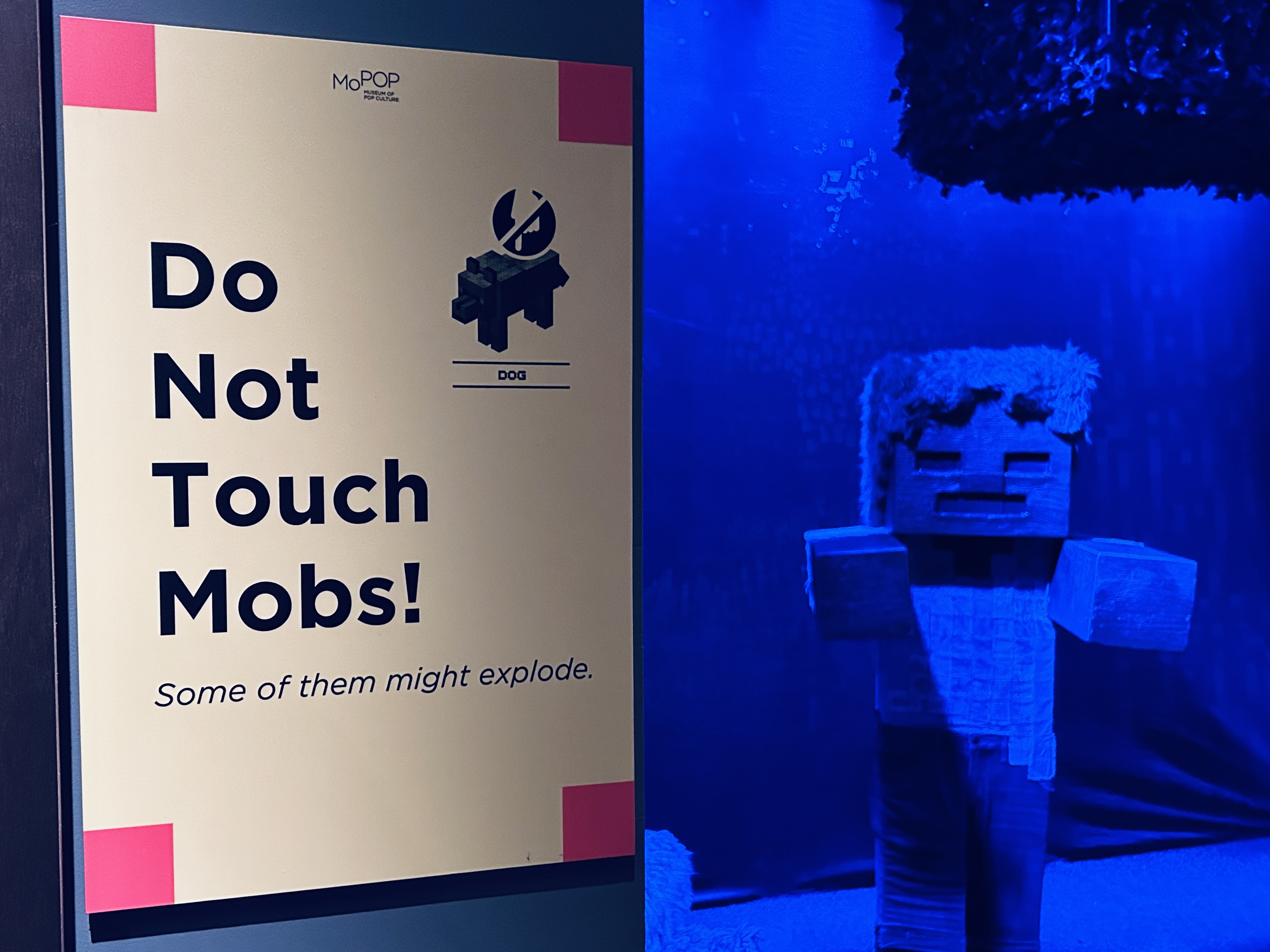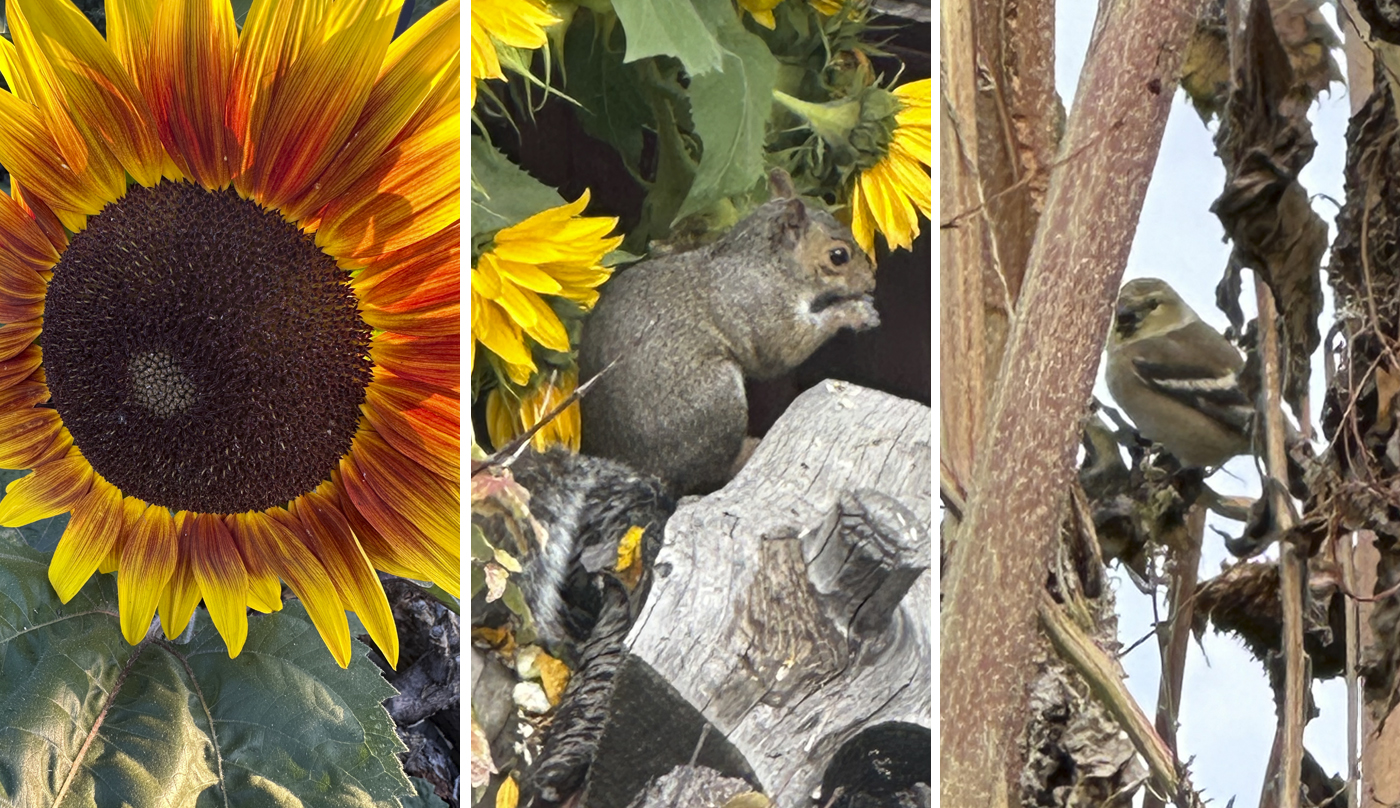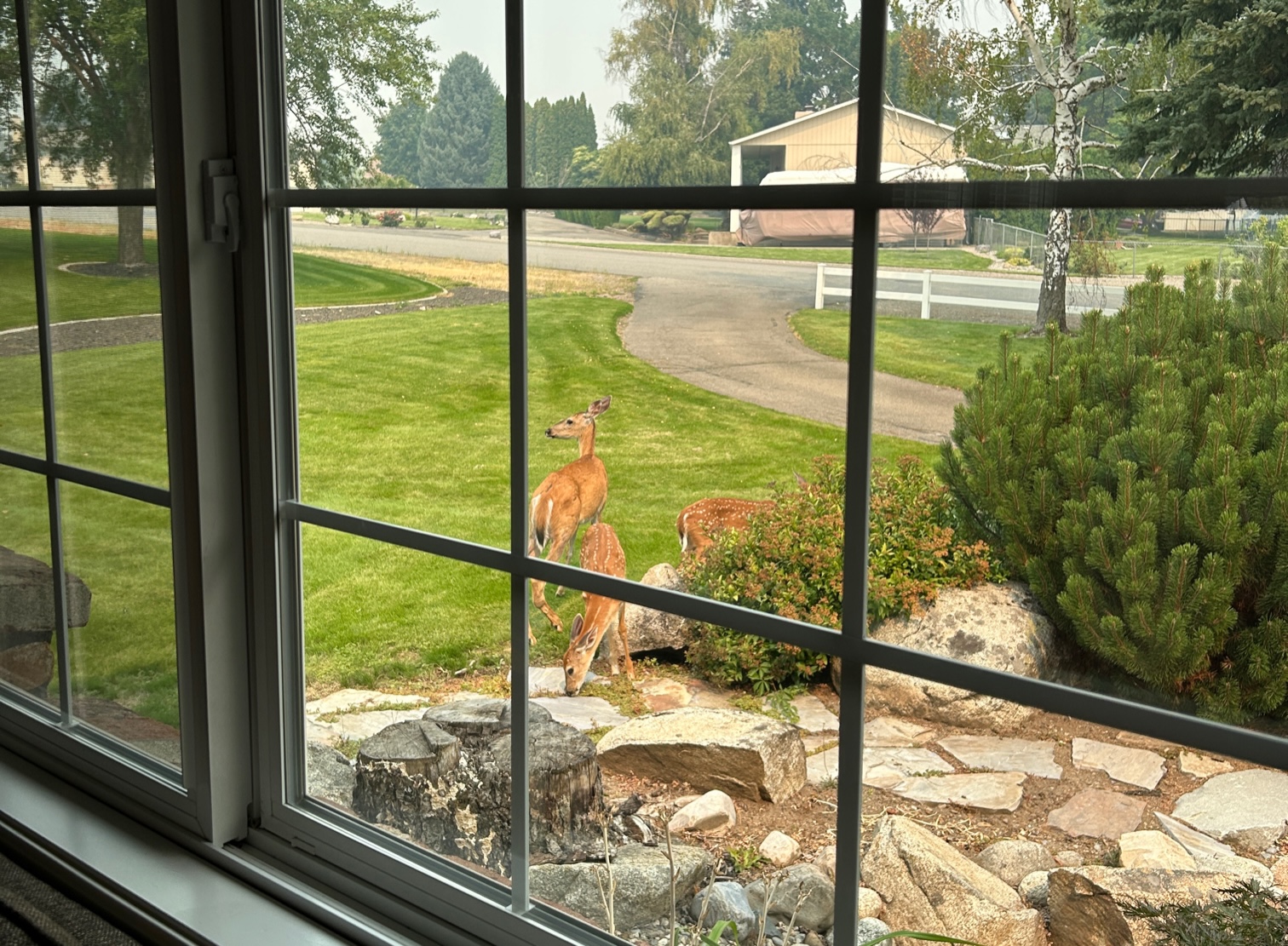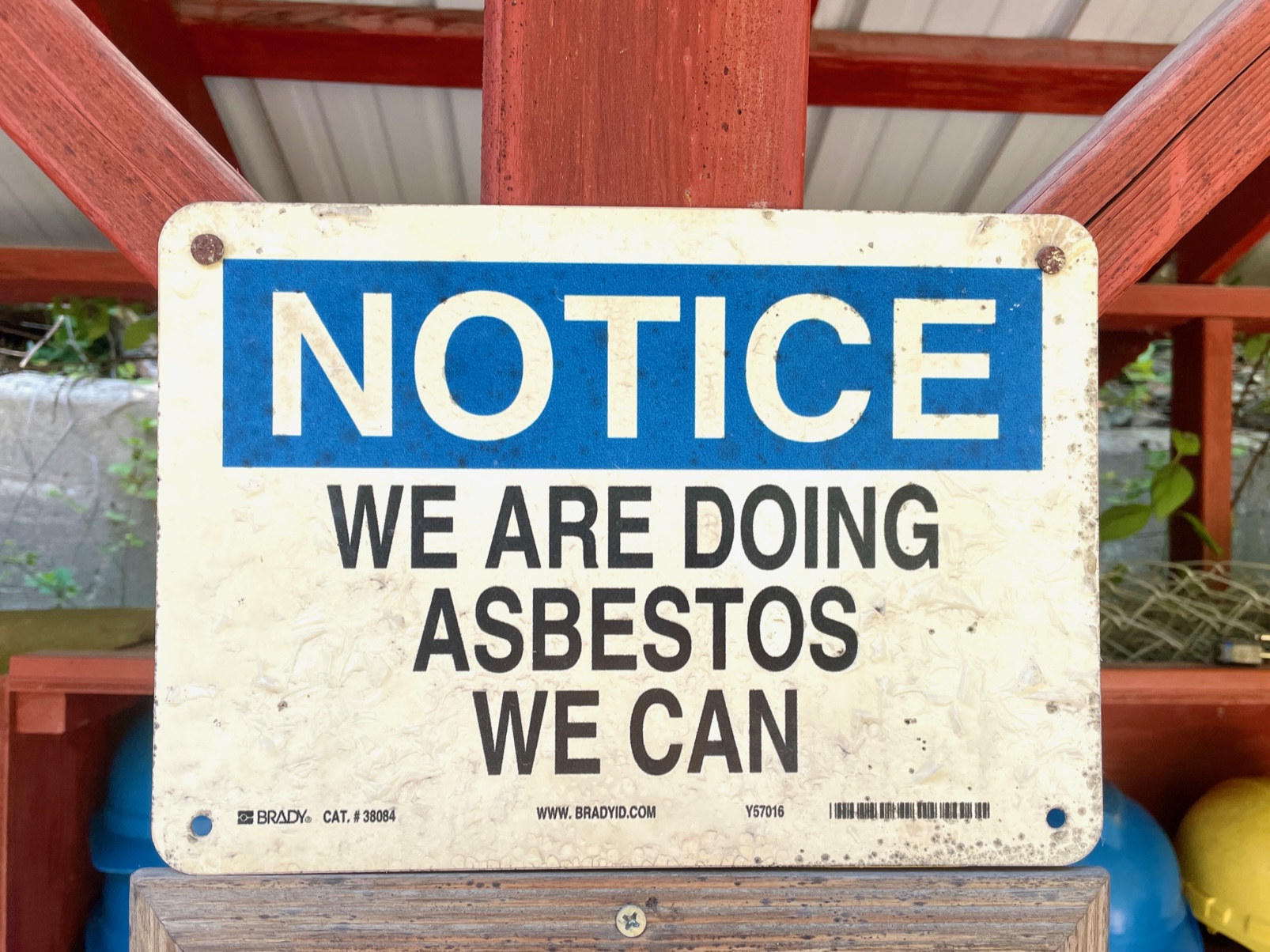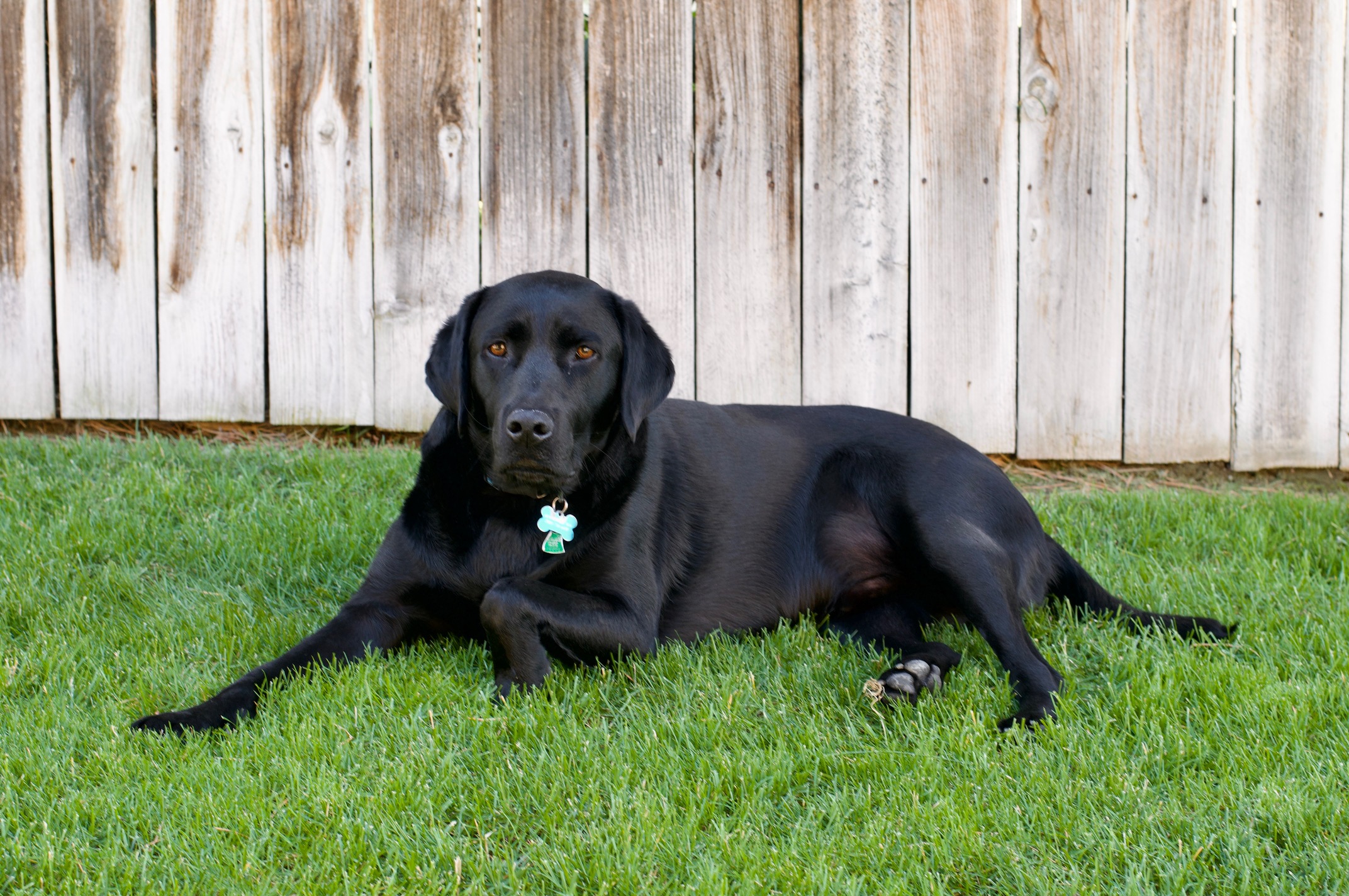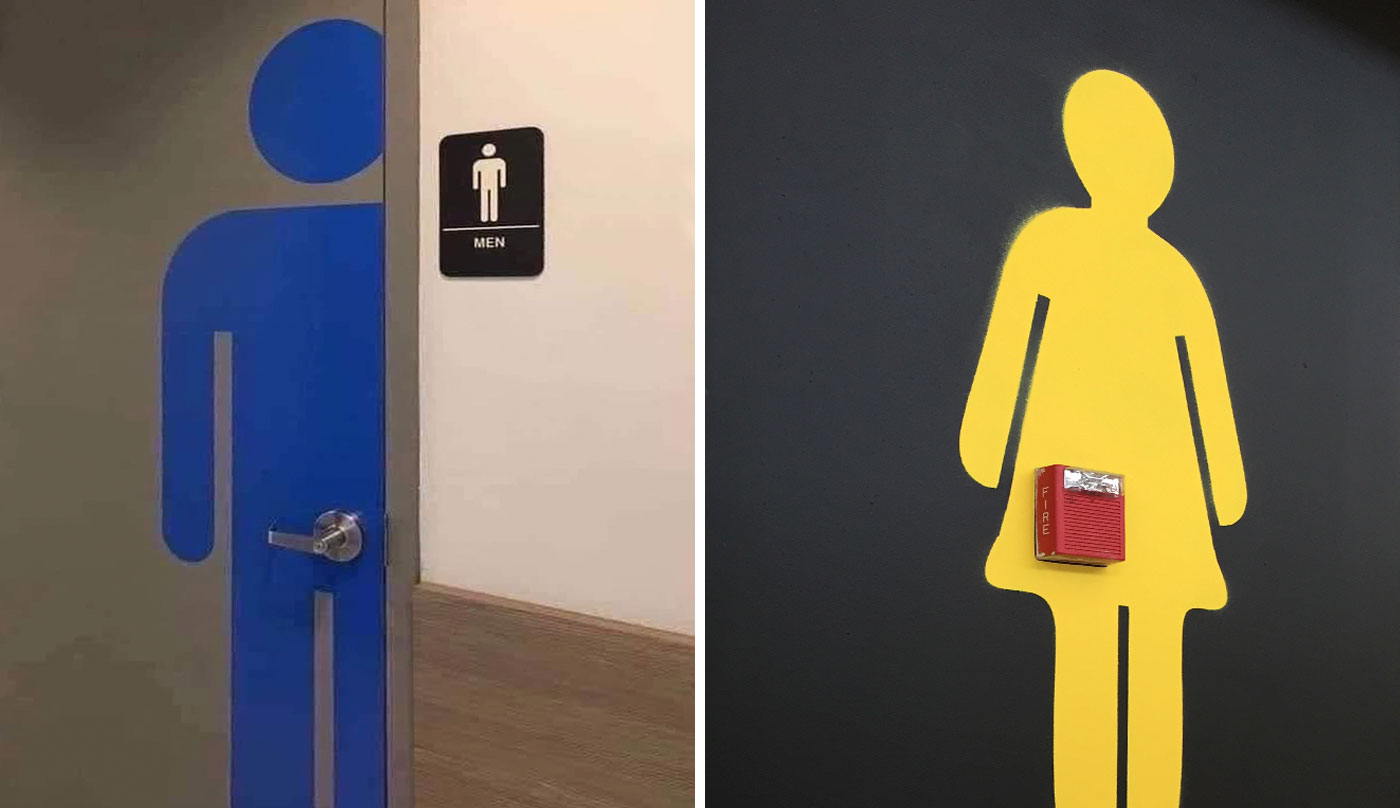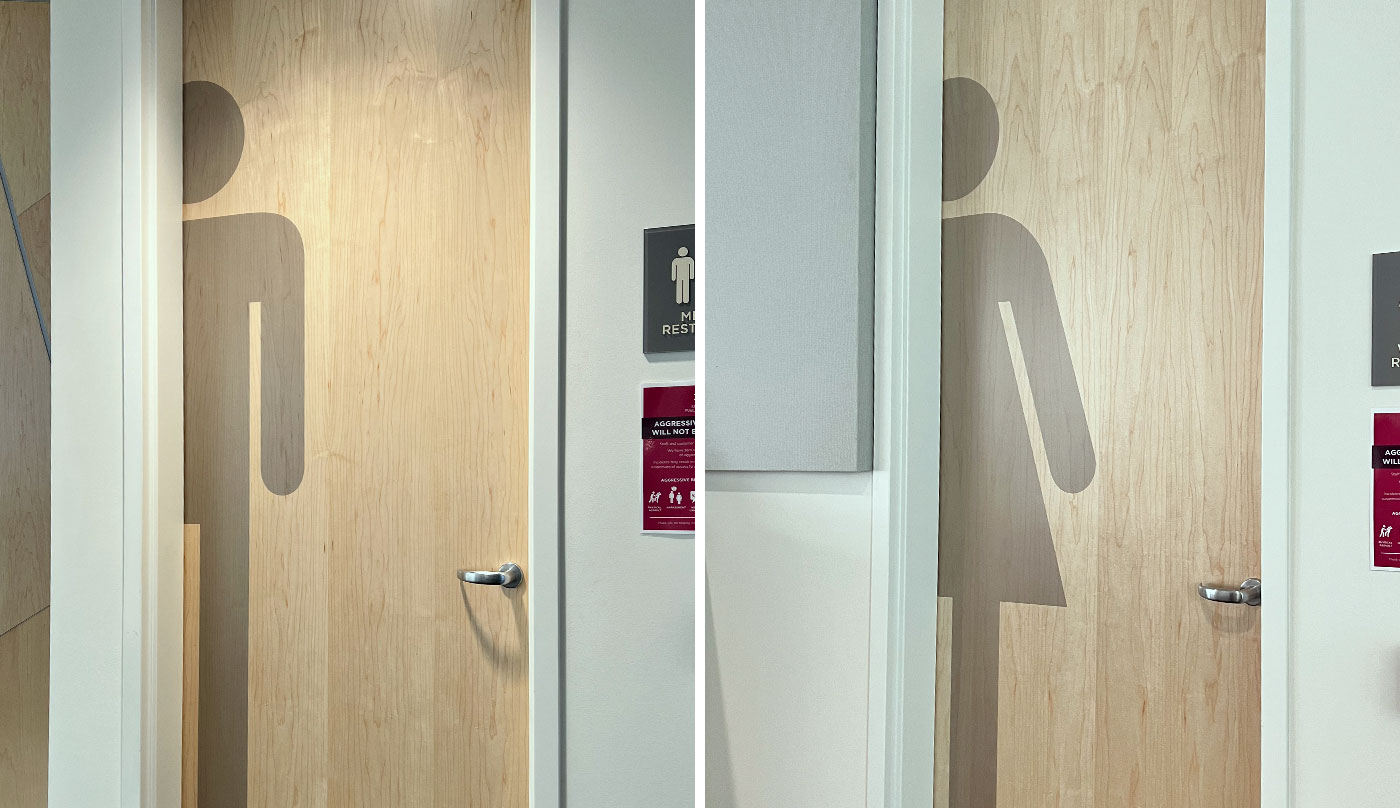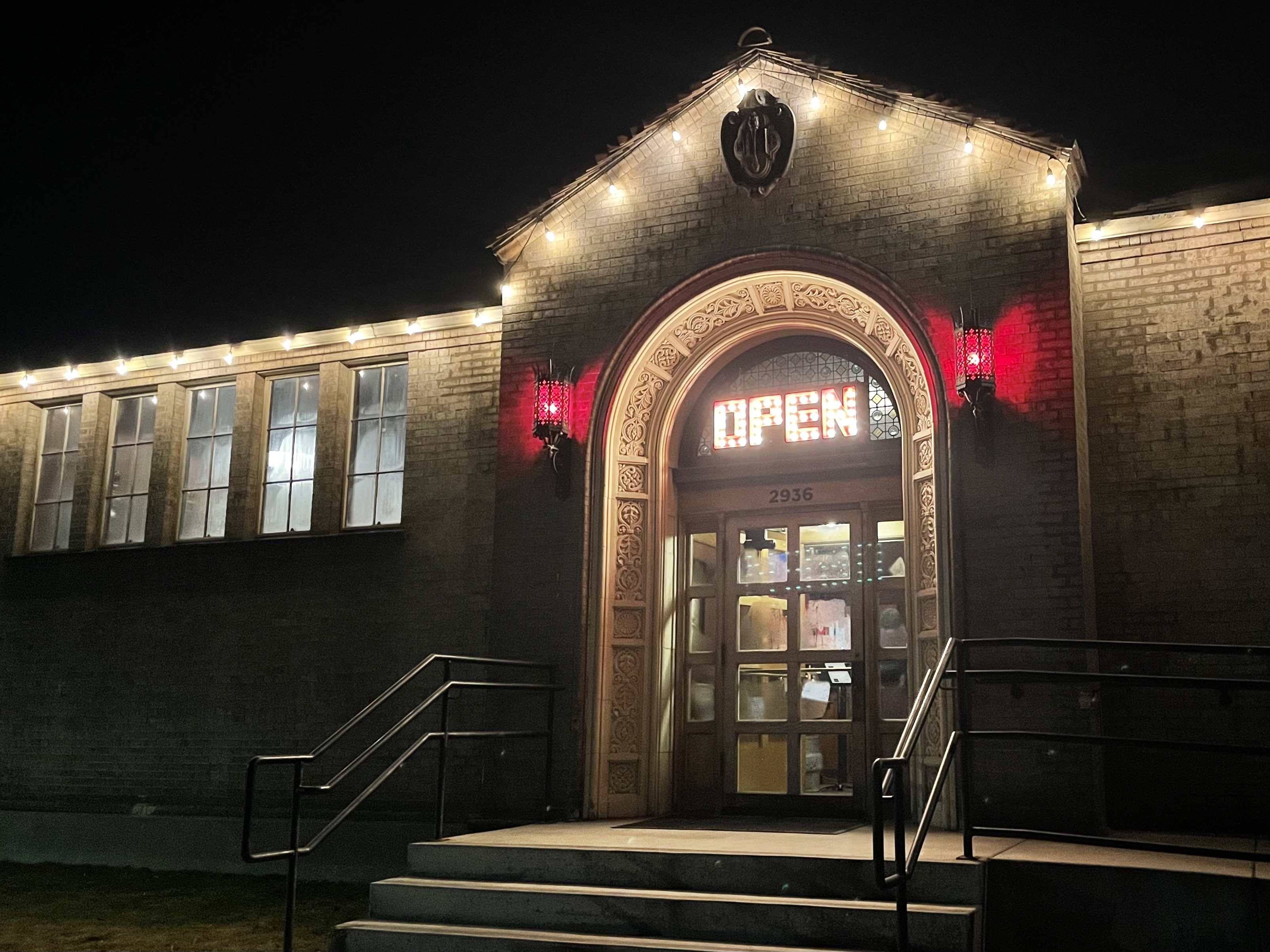“You can be cautious or you can be creative, but there’s no such thing as a cautious creative.”
– George Lois
The famed advertising executive and art director was right. The term cautious creative is an oxymoron; a true creative takes risks.
Our new intern, Gracie Alvarez, is a true creative.
On first impression – with her petite stature, soft voice, and delicate wire-rimmed glasses – she comes across as mild and unassuming. But beneath that quiet demeanor is a gutsy adventurer who’s waiting to take on new challenges.
It shows in her wide range of interests. Just look at this laundry list of likes and hobbies:
• animation
• motion graphics
• sewing
• knitting
• crocheting
• rock climbing
• aerial silks
• indie rock
Add in her nonprofit business, where she sells refurbished Barbies on Etsy and donates the profits to Shriners Hospitals for Children, and you’ve got a true jill-of-all-trades. Remarkably, she’s been motivated to learn many of these things all on her own.
This fall, Gracie will start her second year in the graphic design program at Spokane Falls Community College (which launches many a great designer). When she’s done, she plans to enroll in design at Eastern Washington University and earn a four-year degree.
“My ideal career would be remote so I can travel,” Gracie says. “I want to step out of what I know and experience different cultures.”
What tops her bucket list? Claud Monet’s house and garden at Giverny, in the Normandy region of France. Gracie would love to experience firsthand the inspiration behind Monet’s work – and practice her French while she’s at it.
Long-term, her goal is to become the creative director of an animation studio.
And as a true creative, she’s bound to get there.
Welcome to helveticka, Gracie.


